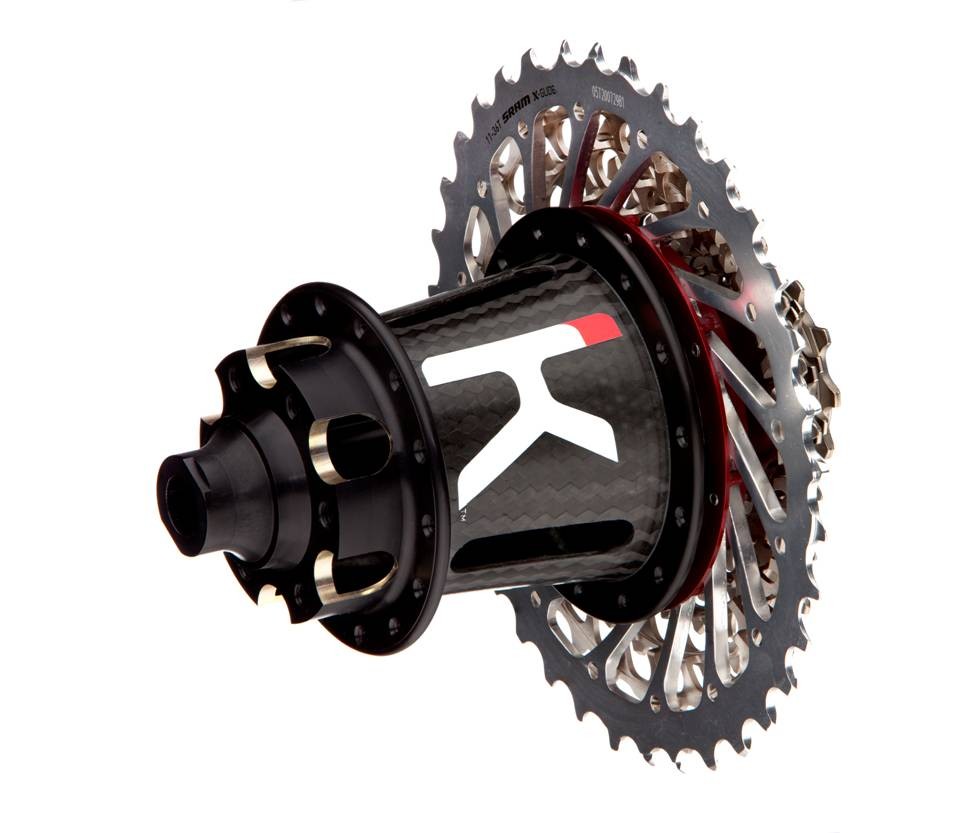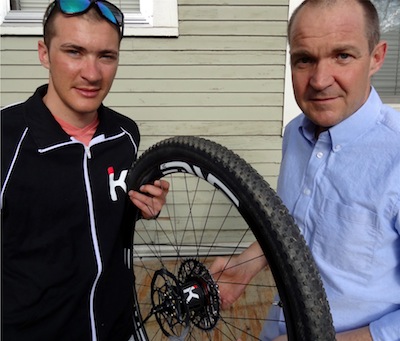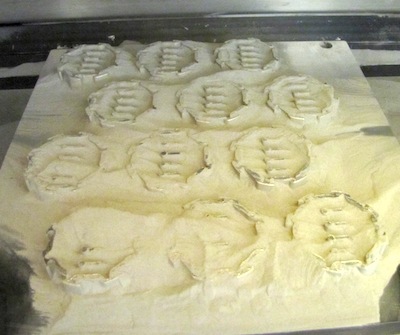Kappius Components Brings 3D Printing to Professional Mountain-Bike Racing

The hub designed by Russ Kapius and made possible by DMLS. Courtesy of Kappius Components.
Latest News
April 24, 2013
About four years ago, Russ Kappius—mountain-bike enthusiast, winner of six Masters racing titles, and a research geophysicist/software developer—became obsessed with bicycle hubs. After working out a design for an oversized hub and high-performance drive assembly that would transfer more power from pedal to chain to wheel, Kappius patented the concept and began looking for a way to fabricate the parts.
For two years, Kappius and his son, Brady (an engineer and pro mountain-bike rider), field-tested versions of their hub and tweaked its design. The team tested traditional subtractive manufacturing methods such as water-jet cutting and wire electrical discharge machining (WEDM). WEDM proved satisfactory for production, but required a fairly long turnaround time and could only fabricate 2.5D geometries, a constraint to component shape.
In late 2011, Kappius discovered direct metal laser sintering (DMLS), and contacted Harbec, an Ontario, New York-based service bureau, and sent along a CAD design of the hub. Using an EOSINT M 270 from German-based EOS GmbH, Harbec was able to send the father-son team the new parts in about 30 days. And in the first week of field testing, the elder Kappius won a race using the latest hub assembly.
“We went from concept to bike-ready components in about a month,” said Kappius. “I’ve never been able to move that quickly before.”
The assembly is comprised of three major parts: an outer drive ring, an inner ring with 60 teeth, and eight pawls (or flippers), which engage in pairs with the teeth on the inner ring. This setup functions like a ratchet (as in other drivetrains) allowing forward motion while preventing backward motion.
According to the company, the technological advance in the system comes from two developments: the oversized design (about twice the current standard diameter) and many more points of engagement than standard designs. These two features constitute the heart of the hub’s intellectual property and allow a cyclist to translate the act of pedaling into increased drive force.
Kappius Components’ hubs have been through a half-dozen design iterations since the company opened for business in 2008. But the recent move to laser sintering has accelerated the speed of improvements.
“As a software engineer, I am able to change anything at any time to make the code better,” said Kappius. “With DMLS, I have similar flexibility. It allows me to make small design changes and almost immediately test them on the bike. That’s the beauty of the technology.”
Below you’ll find a video about Kappius Component’s hub.
Source: Kappius Components, Press Release
Subscribe to our FREE magazine, FREE email newsletters or both!
Latest News









